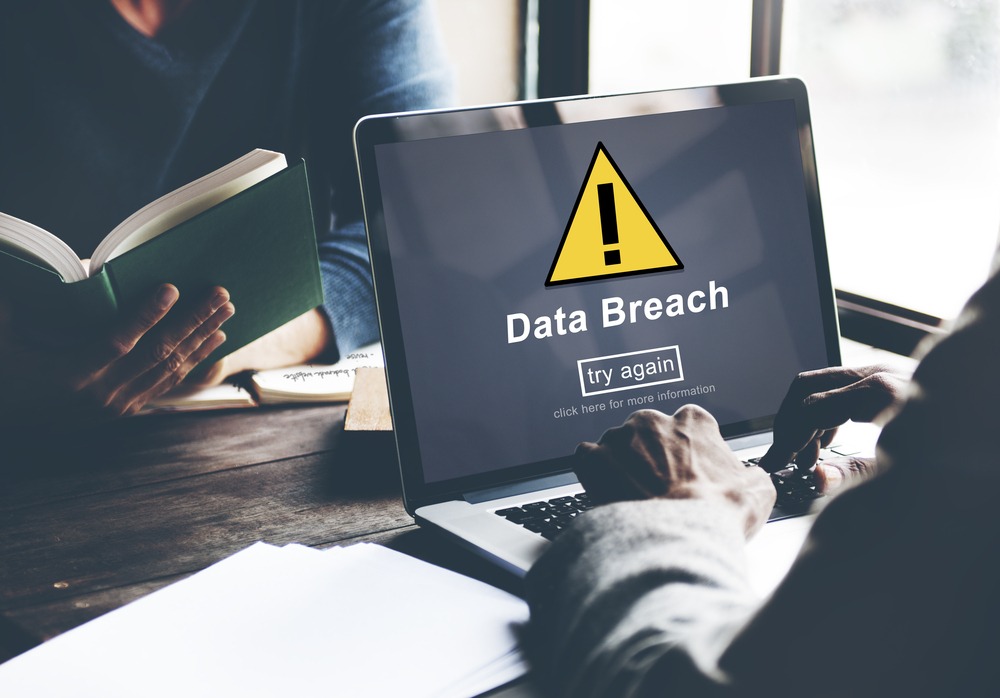Cyberattacks are becoming more common and more dangerous. With the world in lockdown, many companies have resorted to working remotely and allowing their employees to use their devices and their own internet to get their work done.

However, the majority of people do not have a full understanding of the true dangers they may face when they work remotely or use their devices online. This makes it much easier for hackers to target them to commit their crimes.
Cyberattacks can sometimes be difficult to identify. However, it is important for your own safety, and the safety of those around you to be able to identify a cyberattack and take the necessary steps to protect your devices from them.
What Are the Signs of a Cyberattack?
Identifying cyberattacks can be extremely difficult. This is because most modern-day cyberattacks can go undetected and under the radar. If you are not prepared for it, it will be unexpected and it can cause you a lot of headaches.
Moreover, if you do not know that your devices have been attacked, you could be putting those around you at risk as well. Cybercriminals can use your devices to break into those that you are in contact with as well.
The first sign of a cyberattack is that you might notice some files going missing, or even some new files appearing on your device. Many viruses are programmed to destroy or remove files from your device, and this can be a clear sign that your device has been infected.
Some malicious software will make new files show up on your device. These are used as a trigger to get the victim to click on the files and inspect them. Oftentimes these files act as a trigger to install viruses, spyware or ransomware as soon as you click on them.
Files going missing or appearing on your devices can also be a sign of spyware being installed on your device. Spyware will allow a hacker to remotely control your device, even when you are not using it. They can use this software to delete your files or download new ones.
Another sign that you have been the victim of a cyberattack is if your personal or work files are suddenly encrypted or inaccessible, meaning that no one will be able to open the files. This is often done by ransomware which is used to encrypt files until a ransom fee is paid to the hacker.
You may also notice that your device becomes significantly slower and begins to lag more often if it has been infected with a virus. In some cases you may also experience your device freezing, crashing or restarting on its own.
If your accounts have been compromised you may notice fraudulent transactions taking place on your bank account, passwords being changed or even emails or messages being delivered that you have never sent.
If you pick up on any of these signs you should take immediate action before it’s too late. If you have no cybersecurity measures in place, you need to be taking a close look at the section below to see the best cybersecurity tools you need to use.
What You Should Do in the Case of a Cyberattack
If you have experienced a cyberattack, the chances are that it’s too late and your device has already been compromised. It can be difficult to identify which parts of your device have been compromised by the hacker, so it is best to take all the necessary steps.
The first thing you need to do is change your passwords. You should start with your most important accounts such as your banking and email. Doing so will keep the cybercriminal out of your important accounts.
However, you may want to use a different device to do this in case your main device has been infected with spyware, which will allow the cybercriminal to see your new passwords and still break into your accounts.
You will also need to start setting up your cybersecurity measures. This is vital to keeping your devices secure and preventing any further cyberattacks. Below we will discuss the best cybersecurity tools for you to use.

How to Prevent a Cyberattack
Preventing a cyberattack comes down to using the correct cybersecurity tools. There are many different ones to choose from, however, there are three crucial ones that you must use if you want to keep your devices secure.
With any of the following software, it is important to use reputable developers who are well known. Cybercriminals use fake cybersecurity software, also known as rogue software, to break into people’s devices. You must do thorough research on any software you want to install on your device and find several different reviews from multiple sources.
Rogue software is a new form of cybercrime that allows criminals to easily break into people’s devices since they are willingly installing software that they believe will protect their devices. Instead, they are putting themselves more at risk, and cybercriminals will be able to install malicious software onto their devices.
The first tool you need to get is antivirus software. This will help you even if your device has already been compromised. Antivirus software will constantly scan your device for any malicious software and it can take the necessary steps to remove it from your device.
Another tool you need to use is VPN software. A VPN is capable of encrypting your internet connection, which means that no one will be able to see what you are doing on your device, and they won’t be able to snoop through your files. VPN software will also allow you to change the location of your IP address by connecting to one of several different global servers.
To keep your accounts as secure as possible, you must ensure that you use strong and unique passwords. However, this means that your passwords are difficult to keep track of. The solution is to use a third-party password manager. Password managers will keep all of your passwords safe and allow you to access them securely. You should avoid using the default browser’s password manager as these are not secure and can easily be breached by a cybercriminal, in which case all of your accounts will be at risk.